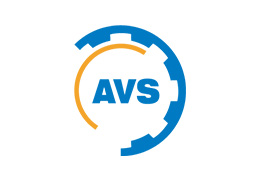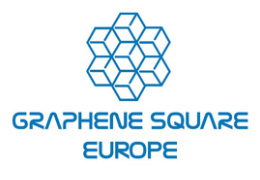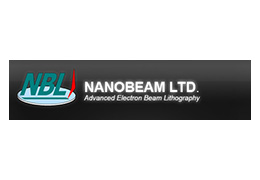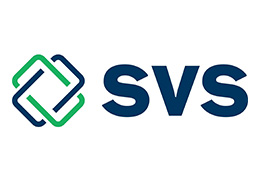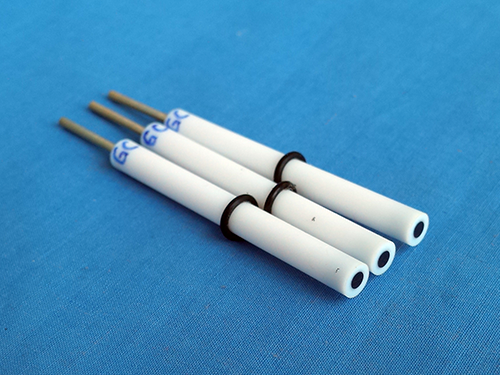
Wuhan Corrtest Instruments Corp. Ltd specializes in R&D, manufacturing, and the sales of potentiostat and galvanostat equipment and is the main supplier in China. Their products are used in almost all universities / institutes in China and exported globally. They have acquired ISO9001, CE and CSA certifications.
Their CS series potentiostat and galvanostat are applied in corrosion, batteries, solar cell, advanced materials, electrochemical analysis, sensor, electro-synthesis, electrodeposition, etc
Corrtest‘s Technical Advantages
1. EIS
CS potentiostat applies correlation integral algorithm and dual-channel over-sampling technique, and has strong anti-interference ability. It is suitable for EIS measurements of high- impedance system (>109Q), such as coating, concrete etc. It can also be used to obtain Mott-Schottky curve and differential capacitance curve. Real-time open circuit potential(OCP) can be displayed in the software.
2. Polarization curve
It can measure linear polarization curve and Tafel plot. The user can set the anodic sweep current (passivation film breakdown current) of the cyclic polarization curve to determine material’s pitting potential and protection potential, and evaluate the its susceptibility to intergranular corrosion. The software employs non-linear fitting to analyze polarization curve, and can fast evaluate material’s anti-corrosion abilities and inhibitors’ performance.
3. Voltammetry
It includes various electroanalysis methods: linear sweep voltammetry(LSV), cyclic voltammetry(CV), staircase cyclic voltammetry(SCV), square wave voltammetry(SWV), differential pulse voltammetry(DPV), normal pulse voltammetry(NPV), AC voltammetry(ACV), stripping voltammetry etc. It integrates calculation of peak area, peak current and standard curve analysis.
4. Electrochemical noise
With high-resistance follower and zero resistance ammeter, it measures the natural potential/current fluctuations in corrosion system. It can be used to study pitting corrosion, galvanic corrosion, crevice corrosion, and stress corrosion cracking etc. Through noise spectrum, we can evaluate the inducement, growth and death of metastabie pitting and crack. Based on calculation of noise resistance and pitting index, it can complete localized corrosion monitoring.
5. Power booster
Boosters are needed especially in fuel cell, high-power battery charge and discharge, electrolysis, electrodeposition etc. Current booster can increase the maximum applied current to be ±5A. Voltage booster can increase the maximum compliance voltage to be ±200V.
6. Full floating measurements
CS workstation supports full-floating measurement. It can be used for electrochemical systems where working electrode is grounded itself, such as autoclave electrochemical measurements, online corrosion monitoring of metal components under the ground (bridge, rebar in concrete, etc.)
7. User-defined method
CS electrochemical workstation supports user- defined combination measurements. The user can set cyclic timing measurements of an experiment or different experiments. Besides this, we are able to provide API functions and development examples, which meets some users’ need for secondary development and self-defined measurements.
CS single channel potentiostat galvanostat

CS potentiostat/galvanostat contains a fast digital function generator, high-speed data acquisition circuitry, a potentiostat and a galvanostat. With high performance in stability and accuracy with advanced hardware and well-functioned software, it is a comprehensive research platform for corrosion, batteries, electrochemical analysis, sensor, life science and environmental chemistry etc.
Model: | CS120 | CS150 | CS300 | CS310 | CS350 |
CS Multi-Channel Potentiostat
Multi-channel potentiostat/galvanostat can achieve simultaneous measurements for up to 8 channels. The specifications of each channel are identical. Current control range is ±200mA(up to ±500mA for 4-channel product), potential control range is ±10V. It supports floating mode, and uses Ethernet connection. Each channel is completely independent. The user can choose to use just one or some of the channels. Multi-channel potentiostat brings convenience to those who have many samples, and is an ideal device for studies of energy materials, metal corrosion etc. |
|
|---|
Model | CS3004/CS3104 | CS3005/CS3105 | CS3006/CS3106 | CS3007/CS3107 | CS3008/CS3108 |
No. of Channels |
|
|
|
|
|
CS300X series: There are full techniques (including ElS/Impedance) in each channel.
CS310X series: Only one channel includes full techniques (including ElS/Impedance).
X: Number of channels.
Click here to View CSMulti-channel potentiostat
CS2350 EIS Bipotentiostat |
|
|
There are two sets of independent built-in potentiostat galvanostat in CS2350. Experiments can be conducted simultaneously in each channel. Besides this, the two channels can jointly complete experiment of RRDE and HDT. CS2350 bipotentiostat is the real double-channel potentiostat. It uses Ethernet connection.
If use only one channel, it turns to be a single channel potentiostat.
|
|
|---|
|
|---|
|
|---|
ELECTROCHEMICAL CELL
|
|
|---|
| ELECTRODES
|
|---|



